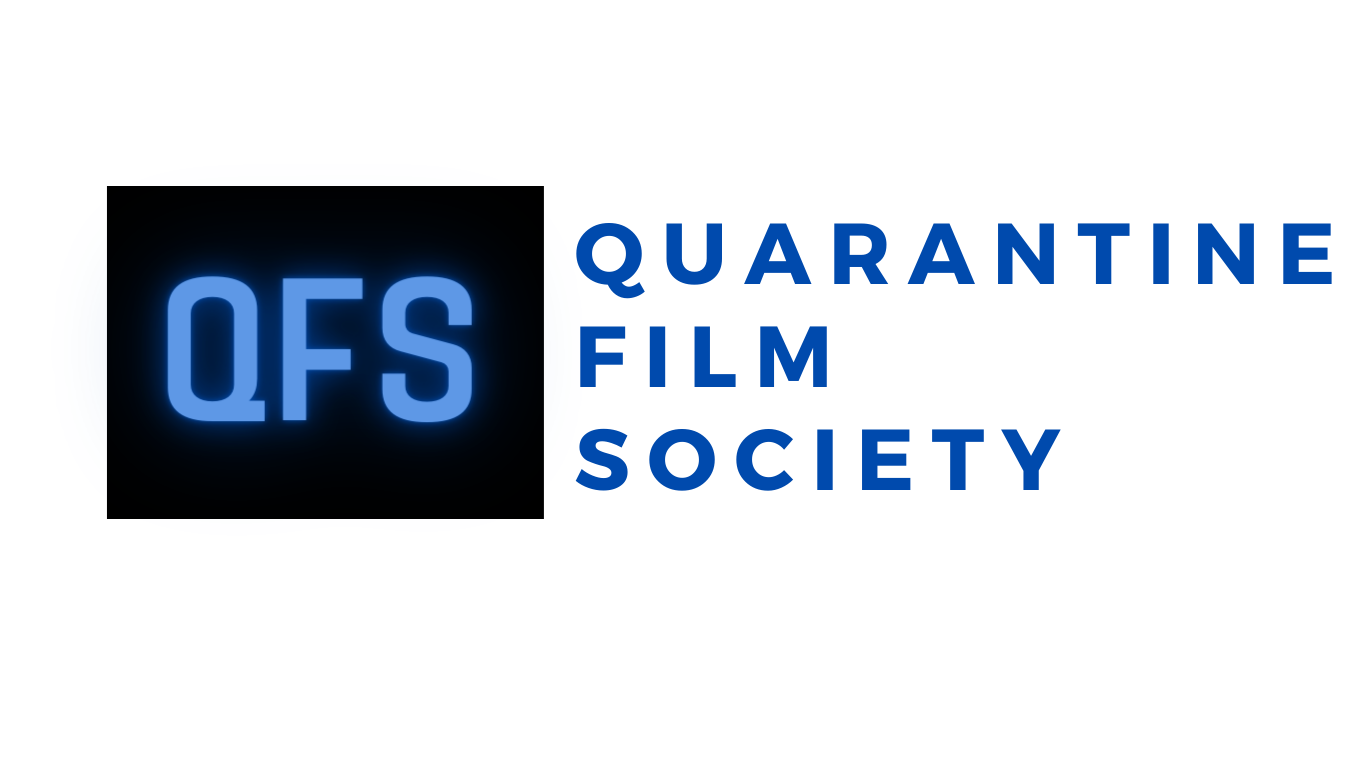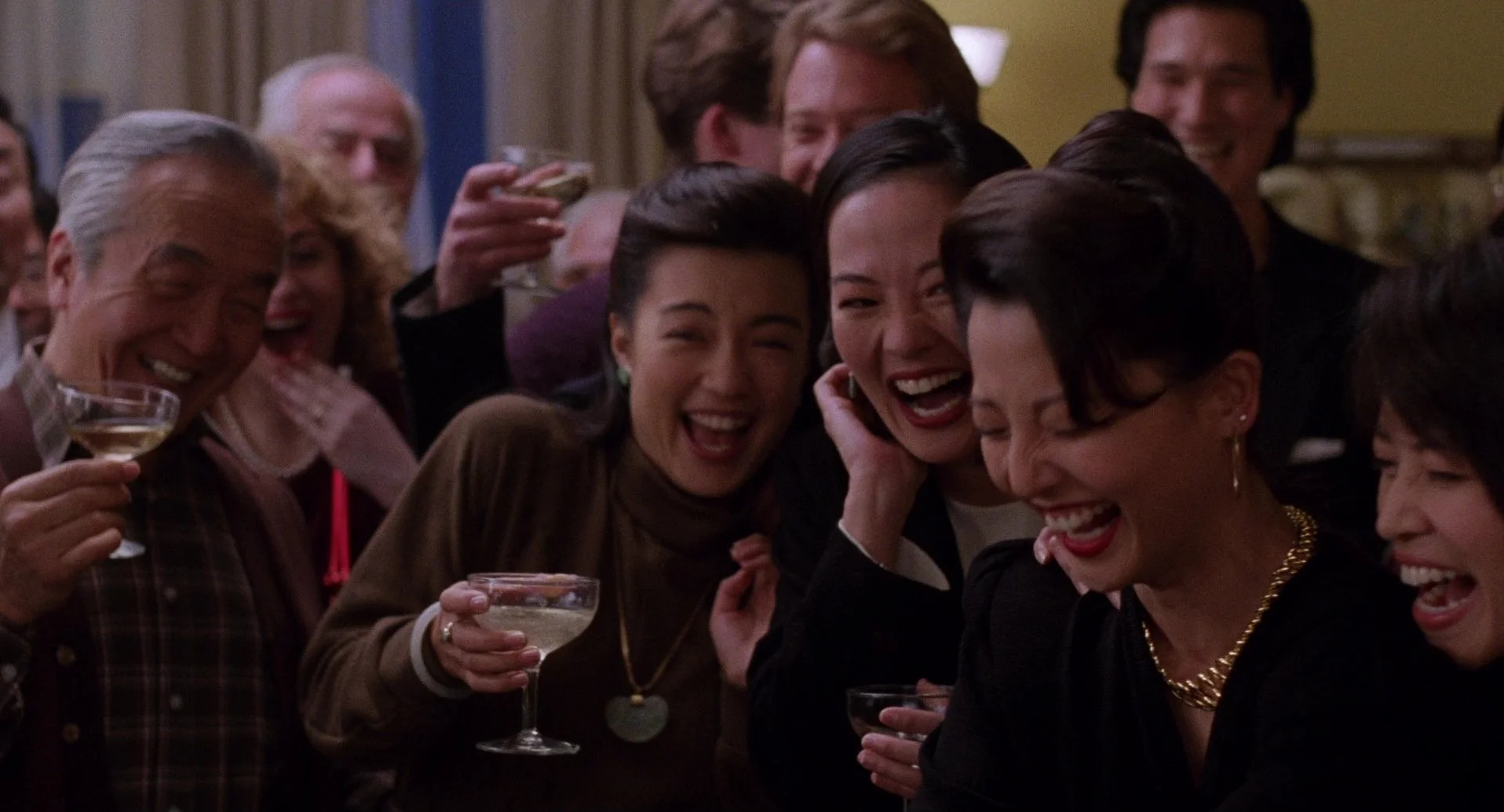Chan is Missing (1982)
QFS No. 173 - The invitation for April 23, 2025
Chan is Missing (1982) is the first feature film by an Asian American to have a significant theatrical release and critical reception – and it wasn’t all that long ago during most of our lifetime’s, 1982. Director Wayne Wang has gone on to have a very solid career as an Asian American filmmaker, making what is perhaps the landmark film of its kind, The Joy Luck Club (1993). His more mainstream work includes Smoke (1995), a solid Harvey Keitel-starred film, the Jennifer Lopez-starred Maid in Manhattan (2002) and an adaptation of the lovely children’s book Because of Winn-Dixie (2005).
Chan is Missing however sounds like one of a kind. I won’t tell you the budget (refrain from looking it up so you’re not judging this movie on a sliding scale), but needless to say the savvy, scrappy indie filmmaking needed to produce this movie is the lasting legacy of Chan is Missing and inspired others to follow. Richard Linklater for one cited it as inspiration to cobble together enough money for his first film Slacker (1990) a decade later. Beyond that, I know very little about the film but I think we could all use a little homegrown upstart inspiration, what with the state of the industry these days.
Join the discussion below!
Reactions and Analyses:
The most groundbreaking aspect of Chan is Missing (1982) is also its most mundane. The film portrays Chinese Americans as people. Complex, varied, nuanced – not one thing or easily categorized. The Chinese immigrants and American-born descendants of Chinese immigrants in Chan is Missing are not one thing, not one stereotype. They don’t even speak the same language necessarily and definitely do not all have universally the same politics, as is one of the central aspects of the story.
By 2025, we’ve had media portrayals of Asian Americans from comedies to dramas to big budget escapades (see: Crazy Rich Asian, 2018), but in 1982 this was just about the first time such a thing was captured on screen. Steve (Marc Hayashi) says something along the lines we’ve been here 100 years, but they think we’re still Chinese. He also has the line, “What kind of Chinese Chinese are you?”
In that second line, spoken early on in the film, he’s asking a specific question – are you a supporter of Taiwan or of the Communist government in Mainland China? This, we discover, becomes one of the central rifts in Chan is Missing in the Chinese community in San Francisco and one that appears to be a proximate cause of their friend Chan going missing. It’s the mystery behind the mystery of Chan’s disappearance.
But his disappearance and the search for him is secondary to the metaphoric search director Wayne Wang explores in the film. The film centers around identity, about what it means to be Chinese, Chinese American, Asian American or just simply American. What kind of American American are you? you could imagine being asked. In Chan is Missing, we meet blue collared workers, kitchen staff, educated professor types, college students, people with American accents, some with a mix of Chinese and American inflections and others who have a more pronounced accent. Steve, for example, is a jive-talking young American 20-something hipster type. His uncle Jo (Wood Moy), whose voiceover and perspective drive the film, sounds like he’s from New York but also from China. Theses are real people in the world – the fact that they’re capture in a film like this is one aspect of why Chan is Missing is groundbreaking.
As the narrative goes – the film starts as a detective story, a simple investigation into where did Chan go? It evolves into learning about Chan but really learning about the Chinese American experience in this country. In the first scene of the film an unseen man gets into Jo’s taxi cab in San Francisco Chinatown and Jo starts counting down in voiceover – thousand one, thousand two, thousand three. Then the man then asks if he knows where there’s a good Chinese restaurant in town. Jo explains in voiceover that this is about the average time it takes to be asked this when picking up a passenger who is not Chinese.
Simple opening that provokes chuckles, but it says something more. The passenger has a stereotypical image of his driver – one that perhaps many of us have done in a similar situation – that since he’s Chinese he’s probably an expert on all things Chinese. Jo, in his voice over, explains that when asked that question he decides whether to go into detail about the differences between Mandarin food and Cantonese food.
And just like with food, there is more nuance, more differences within ethnic groups than movies have portrayed before Chan is Missing. There had never been such a thing as an “Asian American film” – this film inaugurates the subgenre. Wang, of course, goes on to make one of the preeminent examples of the Asian American film, The Joy Luck Club (1993), a major theatrical release by a Hollywood studio based an acclaimed novel. That’s incredibly impressive – to go from essentially never having an American film with an Asian American director before Wang makes Chan is Missing for less than $30,000 dollars, to then releasing a dramatic feature film internationally with Asian and Asian American lead actors and storylines all within eleven years. A remarkable ascent. (I’m of course making the necessary distinction here between “Asian” and “Asian American” because of course Bruce Lee was a major star in martial arts pictures and popular culture, but many of those films were Hong Kong productions and though Lee was a true star, he was not an American-born one. Nor were the storylines particularly “American” as Wang’s Chan is Missing and The Joy Luck Club are.) That’s a pretty significant trajectory and suggests that the Asian American film was lying in wait.
And why not? As pointed out by the characters and backed up by reality, Asians had been in the United States since the Civil War era but were never considered “American.” Through court cases and state laws, rights were steadily stripped away from immigrants from throughout South and East Asia, and they struggled for the remainder of the 19th and throughout the 20th Century to be granted basic human dignity. It’s no wonder that they weren’t seen as Americans when the courts and the states refused to see them so – why would other citizens? And it also makes sense how proper media representation also lagged behind.
The fact that we never see Chan except for a half shadowy photograph at the end of the film feels deliberate. Chan, as a proxy for Asian Americans and specifically Chinese Americans, is unknowable, indefinable, and elusive. Maybe, as the characters say, we need to look in our reflections – because that’s where we’ll find Chan. He is one of us; he is us.








